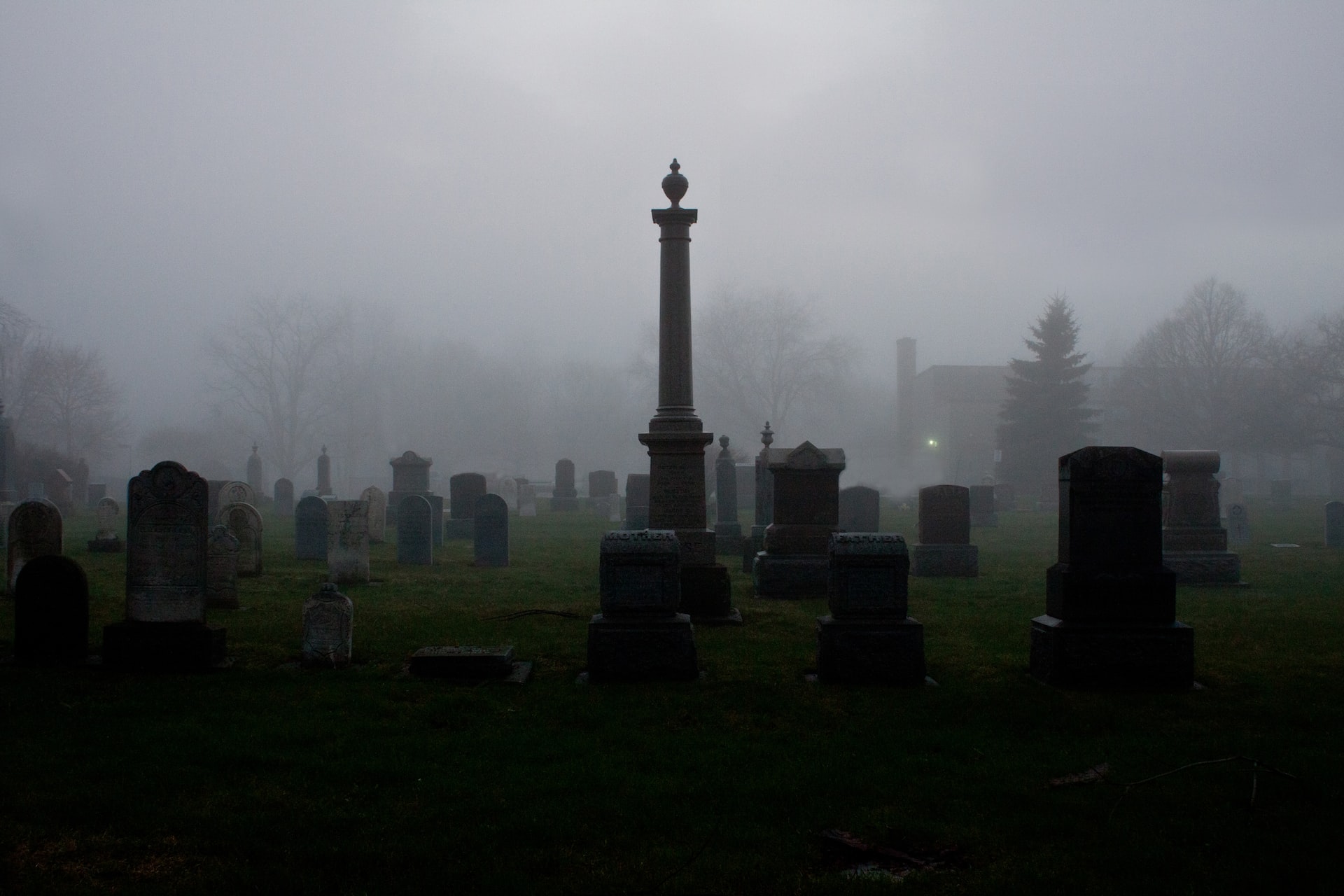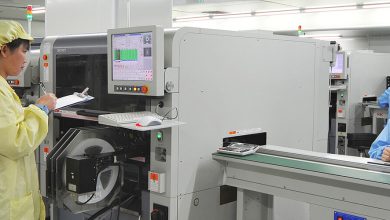The Grave Robbers Of Michigan

The following is an excerpts from various stories about grave robbers in Michigan. The first is taken from Mary Cobb Langley’s 1960 book “History of Caseville: Biographies and Legends.” One narrative details a notorious crime that occurred in 1870. Caseville was a boom town at the time, transitioning from logging to sustaining a rising farming community. Grave robbery was widespread in the late 1800s since medical institutions’ desire for cadavers provided a rapid if nasty, reward.
The Grave Robbers of Caseville
In addition to his medical business, Dr. S. J. ran a pharmacy shop in Caseville, Michigan, near the tip of the thumb region. This modest, one-story structure had a cellar beneath it that was walled with logs and had a foot and a half of fresh sawdust on the floor. This structure was located between the GAR Monument and Russell LeBlanc’s souvenir shop. The location is a pharmacy with a female assistant. The girl needed to go into the cellar this morning.
She screamed about a guy in the cellar. Her face was red with fear. Several men pushed her aside, wondering what she was yelling about in the world. She noticed a man hiding in the dust with his feet sticking out. The guys went down intending to tan the hide.
Crime Shocks Small Michigan Village
According to the local constable, Horrors, grave robbers have been active here. The streets of Caseville were filled with horror thoughts and terror. The cemetery was investigated, and three empty graves from recent burials were discovered. Stories began to surface. On his way home at night, the man came across the graveyard and heard voices. In addition, three empty holes from recent graves were discovered. Stories started to emerge — The man walking through the graveyard on his way home at night had strong voices and what sounded like the clink of a shovel on a stone, but he didn’t do it out of fear.
Mr. and Mrs. Meyers live in the Ora Labora Colony, north of Bay Port. The young wife awoke at 2 a.m., hearing a rig approaching the uneven ground. She peered into the bright moonlight and noticed a frantic horse team being driven by a guy whipping the horses’ backs. A guy’s body could be seen from his perch on the buck and rolling about on the buckboard, head dangling over the open tailboard. When she told her husband about the strange sight, he laughed and said, “Oh, come on back to bed, honey, that’s just carrying a drunk home.”
Grave Robbers Haunt the Thumb
This article established that the tomb robbing gang was active in Michigan’s Upper Thumb near Bay Port and Sebewaing village. These wretched monsters were apprehended thanks to the united efforts of the three. Three men were working. They admitted to robbing one of the recent funerals. The remains were removed the night following the funeral, stripped, wrapped in canvas, and transported to Saginaw as quickly as horses could ride. The grisly cargo was loaded onto a train and sent to a medical school. These individuals were highly compensated by the institution. Caseville had no train service at the time. They lamented the cruel fate that had rendered one of the horses lame and unable to go that night. They received harsh punishment.
Modern Day Grave Robbers in Grand Rapids
Grand Rapids people have been charged with grave robbery twice in the last forty years. Some wanted fortune, while others desired only a skull. Halloween is a time for scary stories, so here are a few about some courageous local teens who decided digging up graves would be a good idea.
Founders of Oldsmobile Robbed While Dead
Let us begin in 1992 when three Michigan youths were questioned and subsequently accused for stealing the Olds Family’s tombs in Lansing. Scott Kindy, his brother Richard from Kentwood, and their buddy Patrick Wyse were charged with tomb robbery when the Olds Mausoleum at Mt. Hope Cemetery in Lansing was broken into. The Olds family were the founders and heirs to the Oldsmobile riches, and it was assumed that the men were looking for jewels and other valuables from the deceased’s bodies.
The three also removed the rings from the body of a guy who had been deceased for barely six months. When the guys broke into the Olds Family tomb, they discovered the family had been incinerated. They were furious and threw urns holding the ashes into the Grand River and a pond in Clinton Township.
The End Of the Grisley Crime Spree
Scott’s apartment also contained jewelry and other goods related to burials in Kentucky and Ohio. The second event happened in 1981 in Gaines Township, near Cutlerville. According to the book Michillaneous, it was there when six high school kids decided it would be fun to dig up a cemetery. The six were later apprehended after they were discovered presenting a skull from the deceased to pals.
Following their arrest, the two brothers who admitted to taking part of the bones from the family crypt of automobile pioneer R.E. Olds while doing it on a whim will be sent to jail.
Judge Thomas Brown of the Ingham County Circuit Court sentenced Richard Kindy, 20, and Scott Kindy, 19, of Midland, to 2 to 10 years in prison on Wednesday. He expressed his concern about the absence of a clear purpose. The Kindys said they broke into the tomb for amusement but provided no other details. They are also facing related accusations in Ohio and Michigan.
The brothers admitted on July 22 to removing the remains of two Olds family members from the crypt last year as part of a plea deal.
Medical Students By Day, Grave Robbers at Night
A horrifying discovery was discovered early one morning, just before Christmas 1857. Forty miles southwest of the University of Michigan is the village of Cambridge Junction. Men coming for work on a church found an ugly mess—smears of blood, tufts of hair, and evidence of significant things being dragged across the floor. They discovered masses of new soil next to vacant graves in the small graveyard in the back.
The local sheriff knew where to search for the missing bodies: the University of Michigan’s medical department. They were indeed there, hidden by medical students. The students handed over the bodies and returned to their studies, humiliated yet unfazed. After all, no bodies had been discovered. The medical division was
This type of thing happened all the time in the 1800s, not only in Michigan, but everywhere teachers taught medical students how to save lives.
Woman Robs Graves, But It Does Not Require a Shovel
Authorities in Michigan were outraged in 2017 after apprehending a woman for allegedly taking a staggering assortment of items left at graves spread over two cemeteries. Lisa Corcoran is accused of stealing approximately 200 different things from graveyards and using them to adorn her home, which is considered criminal larceny. Corcoran allegedly stole artifacts from 24 different graves during the eerie criminal spree, which consisted of six heists. Someone alerted the police after suspecting Corcoran had stolen flowers from an apartment building, and the grave thief was apprehended. Investigators were horrified to find 188 different objects in her home, which they think were stolen from atop graves. This discovery shocked them.
The Son of a US President Snatched From the Grave By Robbers
President Benjamin Harrison’s father, U.S. Rep. John Scott Harrison, is the son of President William Henry Harrison. Despite his political notoriety, he was also a victim of body snatchers.
John Scott Harrison reportedly passed away and was buried at the family grave in North Bend, Ohio, in 1878, according to a 1950 article in the Ohio History Journal. Doctors needed corpses for anatomy lectures at the time, yet it wasn’t yet permitted in Ohio to utilize unclaimed remains for dissection. Body snatching was an issue. Today, medical students may study anatomy from corpses thanks to voluntary body donation programs. Harrison’s family buried him in a substantial vault and filled the vault with earth and big boulders to preserve the remains.
The resurrectionists were not deterred, though. Mourners noted that a neighboring new grave that had formerly housed Augustus Devin’s remains was vacant on the day of Harrison’s burial. One of Harrison’s kids was a friend of Devin’s. He looked to have teamed up with another buddy to search the medical schools in Cincinnati for the corpse.
Instead, they discovered John Scott Harrison dangling in the open from a rope in a pitch-black chute. Harrison’s corpse had also been taken. Naturally, this frightening incident generated a lot of media attention, according to the Ohio History Journal. Devin’s remains were subsequently discovered at the University of Michigan Medical College, preserved in a brine tank.
Final Thoughts About Grave Robbers
Being a grave robber has got to be considered one of the lowest criminal activities. While seemingly victimless, the thought of digging up dead rotting bodies for the purpose of selling them must have been a low point in anyone’s life.



